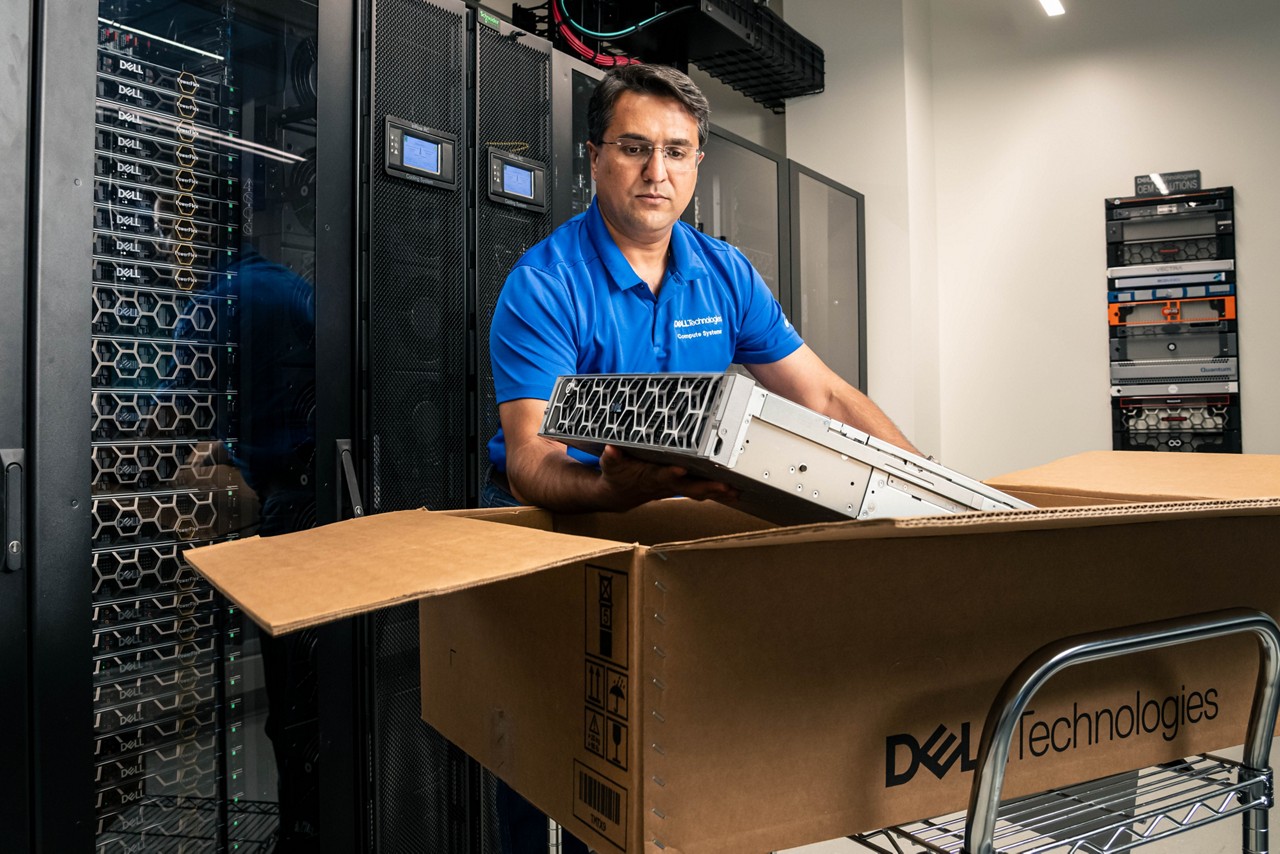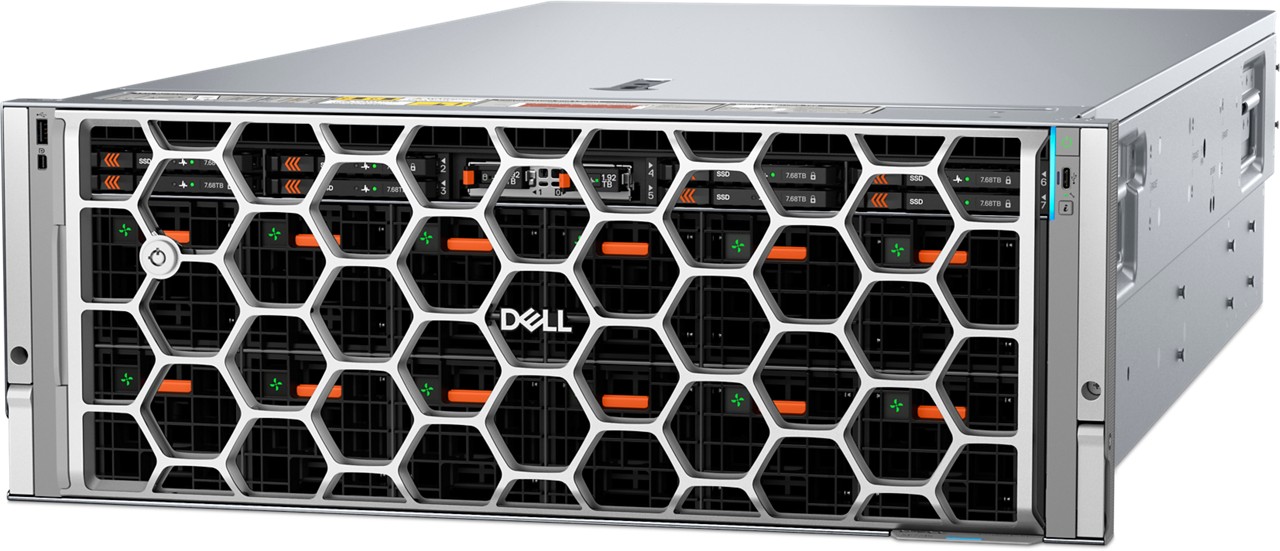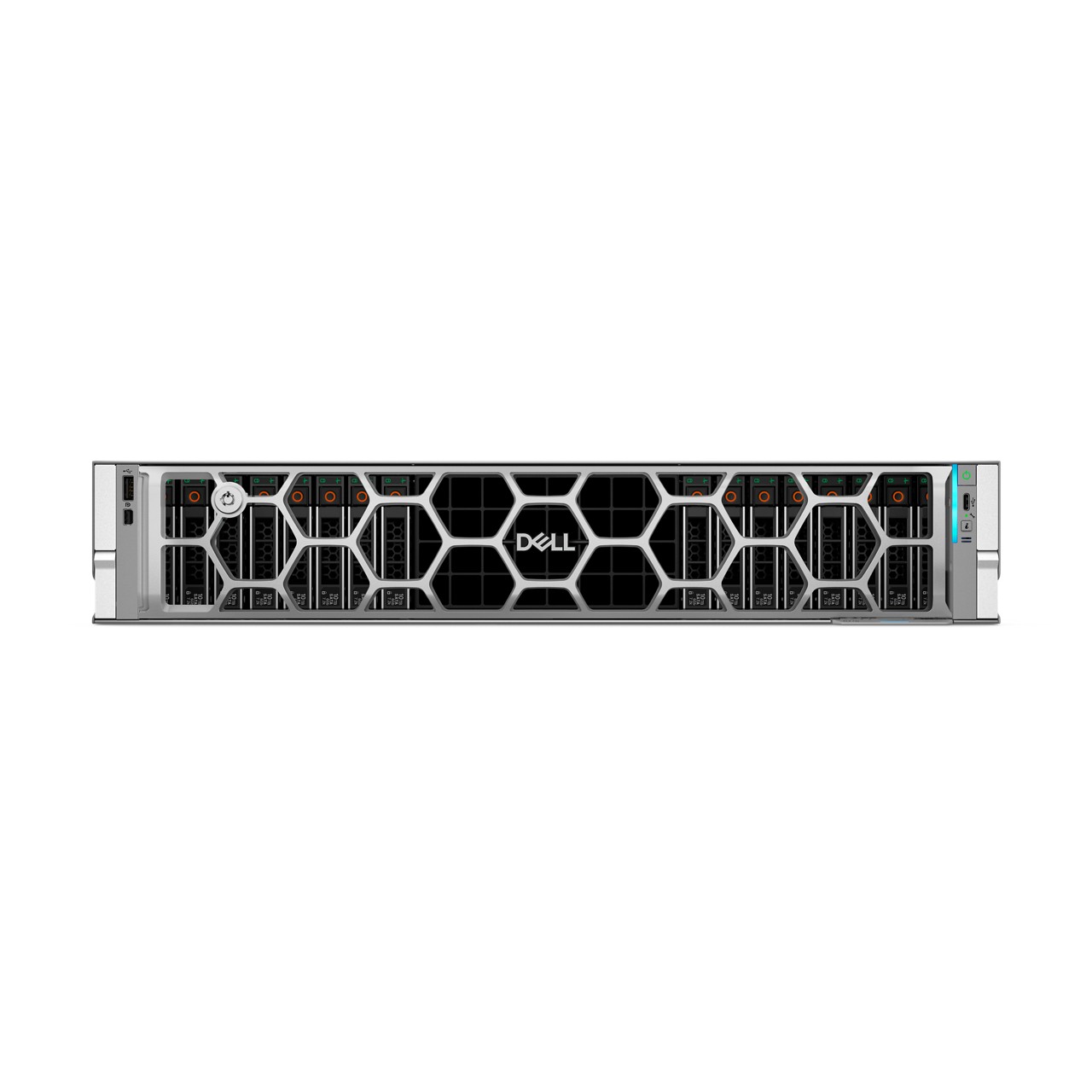Sponsor Content Created With Dell
Need Enterprise AI? Choosing the right Dell server will give you the PowerEdge

For enterprises, organizations, and other businesses exploring new servers, the PowerEdge R-Series and XE-Series hold particular interest. There’s a choice between a more traditional approach, which needs to be balanced against the demands of AI, or advanced uses like real-time analytics.
So, which is the right Dell PowerEdge server solution for your operation: PowerEdge R-Series or PowerEdge XE-Series?
PowerEdge R vs. XE: Workload optimization
In the case of PowerEdge R-Series and PowerEdge XE-Series, there is no “better” option, just the right platform. The server’s purpose is paramount, whether you want a traditional server or one geared towards AI or high-performance computing (HPC).
A PowerEdge R-Series server is the modern iteration of a traditional server, geared for enterprise data storage, virtualization, suitable for many tasks, but not optimized for AI.
The PowerEdge XE-Series is an AI server, built for AI training, inferencing, machine learning, and HPC, including real-time analytics.
Dell servers support Linux and Windows environments, with Integrated Dell Remote Access Controller (iDRAC) and OpenManage management tools.
TL;DR: PowerEdge R-Series servers are suited to traditional, general-purpose workloads and virtualization. PowerEdge XE-Series handle AI training, inference, real-time analytics, and other HPC tasks, and both support Windows and Linux.
PowerEdge R vs. XE: Scalability and future-proofing

Expanding operations to include in-house AI support means making the right choice with your server today… for tomorrow. The XE-Series is conceived as the dynamic, future-proofed server solution, designed to accommodate future growth of AI, supporting larger AI models, and with space to run (and add) multiple GPUs on each node.
With a standard server like the PowerEdge R-Series, you can expect file access, data warehousing, basic analytics, and virtualization. But while GPUs and AI accelerators can be added, form factor prevents upgrading to XE-Series standard.
TL;DR: R-Series servers can scale in traditional data centers, but expansion options are limited. XE-Series servers are future-proofed for AI growth, with expansion for multiple GPUs.
PowerEdge R vs. XE: AI server automation
Managing servers can be time intensive and repetitive, even with some management tools. Dell PowerEdge servers feature several management tools, with in-built automation options.
IDRAC, OpenManage Enterprise, and Dell AIOps are all available, each with automated management features. Dell AIOps is an AI-management tool, available across the PowerEdge range. It employs adaptable, smart automation and monitoring features to optimize server health, with real-time energy reporting.
Meanwhile, all Dell servers are embedded with the latest security features. These range from silicon root of trust to cryptographically signed firmware.
TL;DR: Effective administration of PowerEdge R-Series and PowerEdge XE-Series servers is seamless with automated management tools, and Dell AIOps is available across the range.
PowerEdge R vs. XE: CPU/GPU, memory, and storage
GPU acceleration is hugely important for AI, and this is a key reason why PowerEdge XE-Series servers are suited to the data throughput and memory and storage bandwidth required for AI.
While R-Series servers can manage some AI, a performance lag is almost inevitable where AI-optimized GPUs are unavailable. Their high RAM, flexible storage, and Intel Xeon (or AMD EPYC) CPU support should not be overlooked, however, as they offer strong general purpose data management benefits.
TL;DR: A R-Series server supports GPUs and high RAM and storage, but an XE-Series server has the deep learning and AI inference for interpreting AI datasets.
PowerEdge R vs. XE: Deployment, power and cooling

The Dell R PowerEdge R-Series is engineered for a traditional data center, and as such is suited to the moderate power draw and efficient environmental controls found in typical enterprise server rooms. Everything is geared towards supporting virtualization and other enterprise workloads, and the R-Series fits right in.
By contrast, the XE-Series dedication to AI and machine learning demands higher power and temperature management.
You’ll find that the R-Series consumes far less (2kW) than the XE-Series, which demands 6–10 kW per server unit under full utilization with high-end GPUs. Unsurprisingly, this means that the XE-Series demands an enhanced data center, with high-efficiency 48V power distribution usually paired with liquid or hybrid cooling to meet demand for AI workloads.
TL;DR: R-Series servers run under 2 kW, but GPU-heavy XE-Series server configurations can require up to five times as much, depending on workload and GPU utilization.
PowerEdge R vs. XE: Use cases
To clarify, PowerEdge R-Series and XE-Series servers are both excellent solutions, but each has a somewhat different purpose.
Optimized Enterprise Resource Planning (ERP), data warehousing, file storage, analytics, and databases are all common uses for a versatile Dell PowerEdge R-Series server. Think private cloud computing at a university, banking systems and fraud detection, and business intelligence dashboards.
But if you’re looking for AI training, inference, real-time analytics, training deep learning models, industrial IoT support, and edge AI, then the dynamic Dell PowerEdge XE-Series is the answer. AI analysis of healthcare imaging, retail store camera security, and vehicle testing labs are just some of the uses.
TL;DR: A Dell PowerEdge R-Series is suited to virtualization, databases, traditional analytics, while a PowerEdge XE-Series will deliver deep learning model training, AI inference, edge AI, and industrial IoT.
Feature | PowerEdge R-Series (Rack Servers) | PowerEdge XE-Series (Edge/AI Servers |
Primary use | Versatile, general-purpose such as virtualization, databases, file storage | AI and machine learning, deep learning, real-time analyics, high-density GPU tasks |
Server spec | Dual Intel Xeon/AMD EPYC CPUs, with large RAM capacity and flexible storage, but limited GPU support. | High GPU density and AI-ready accelerators, high capacity and bandwidth RAM, and NVMe storage |
Scalability | Incremental CPU and RAM upgrades supported | Multiple GPUs per node can be added to support AI growth |
Deployment | Standard climate-controlled data centers | High performing environments, e.g. data centers, deep-learning scenarios |
Cost vs. ROI | Lower initial cost, upgrades for AI workloads may prove expensive | Higher initial investment, but AI ROI faster |
Use cases | Virtualization, business apps, traditional analytics and reporting | AI training and inference, autonomous systems, industrial IoT, edge AI |
TL;DR: PowerEdge R-Series suits traditional data center applications and virtualization, while PowerEdge XE-Series servers deliver the AI inference and machine learning required in any data heavy, telecom, military, or industrial setting.
If you think PowerEdge servers are the right fit to give your business that streamlined edge, visit the Dell website to learn more.
Sign up for breaking news, reviews, opinion, top tech deals, and more.